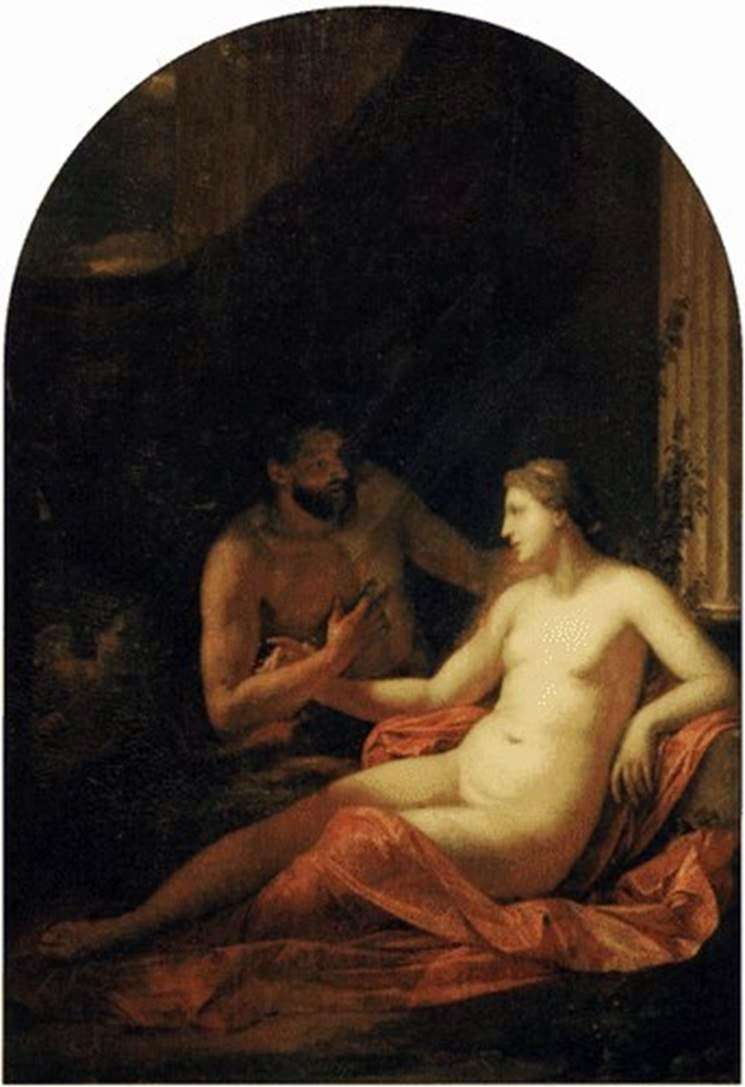
Adrian van der Werff, one of the most famous Dutch painters of his time, became famous for his paintings on ancient subjects. His images, imbued with subtle eroticism, had great success with European aristocrats. The artist was invited to Heidelberg, to the court of Johann Wilhelm, the Elector of the Palatinate, where he was recognized and lived until the death of this sovereign.
The love story of Hercules and Deyanirs, borrowed from Greek mythology, was very popular in the classical art of the 17th and 18th centuries. The brave beauty Deyaniru Hercules took to his wife at the request of her deceased brother, Aetolian hero Meleagra, whom he met in Aida.
Once, hearing that the lover was going to marry another, and wanting to recall the deed accomplished for her sake, Dejanira saturated the tunic with the blood of the centaur killed by Hercules who defended her, and sent it to her husband. But the blood, into which the bile of the Lernean hydra came from the hero’s arrow, became poison and caused the painful death of Hercules. Learning that she had killed her husband, Dejanira committed suicide. This tragic story was well known to educated people of the XVII-XVIII centuries, it became the image of “ideal” love.
In the picture of Adrian van der Werff, the antique plot is only an excuse for portraying a beautiful couple: a courageous, stern Hercules and a beautiful, gentle Dejaniry. The artist focuses on the female figure, which is highlighted with bright light and shaded with red silk curtains.
